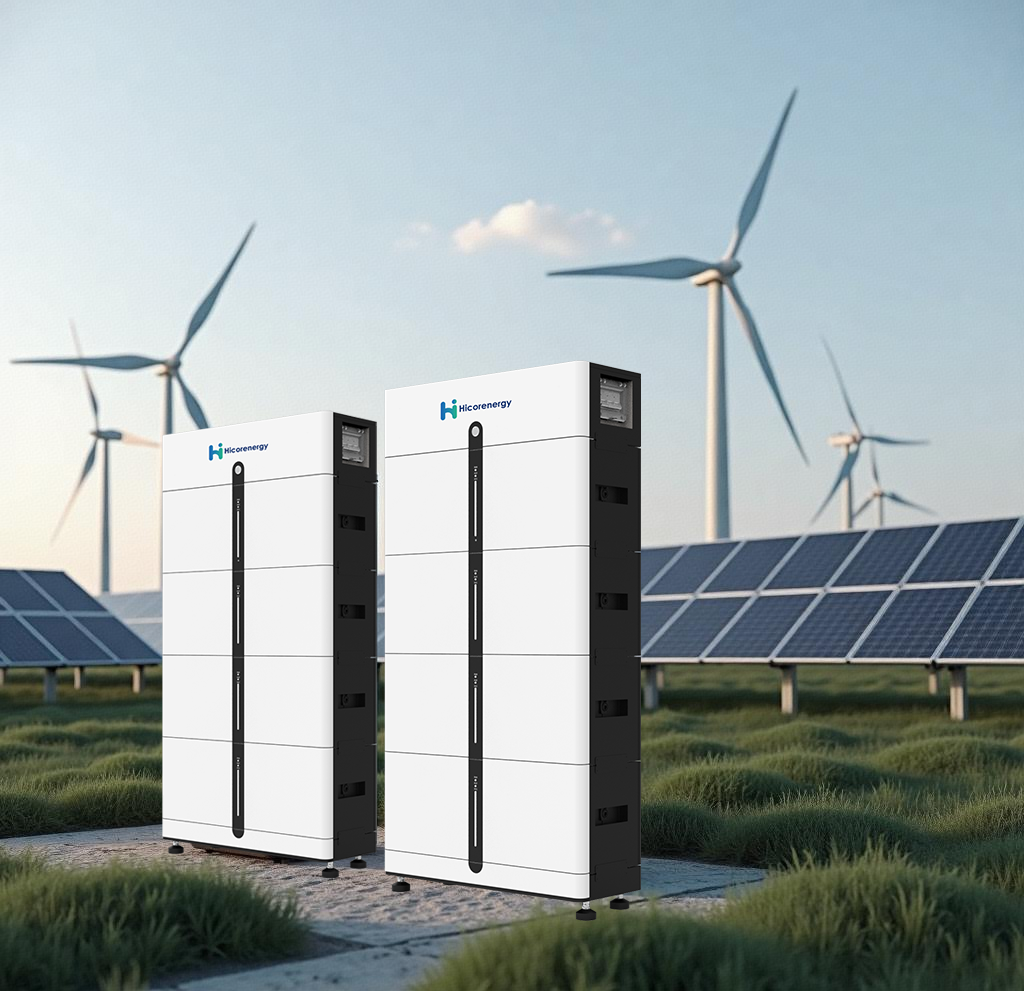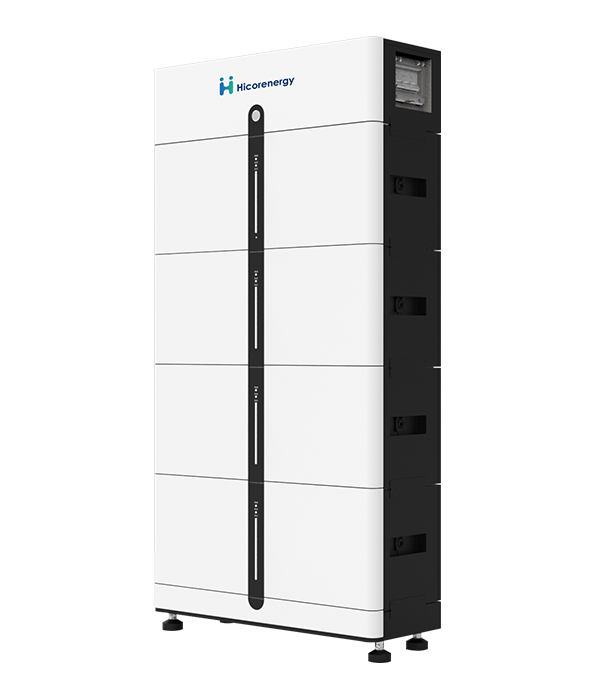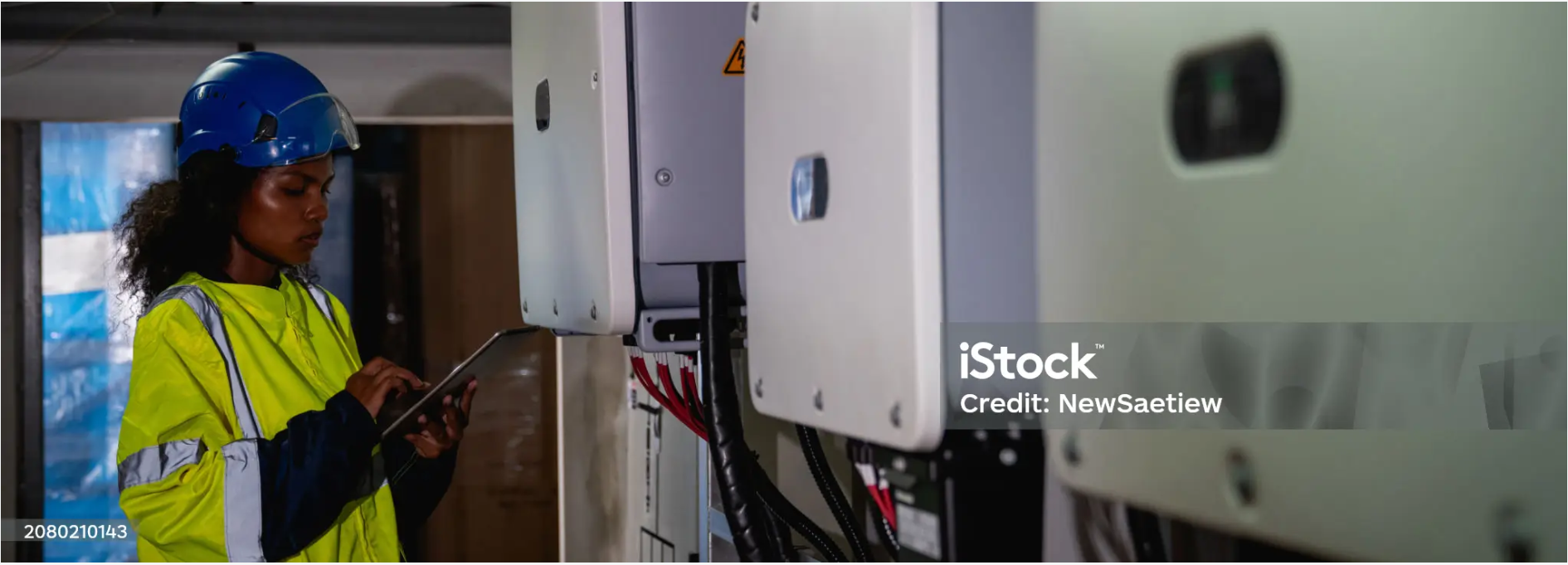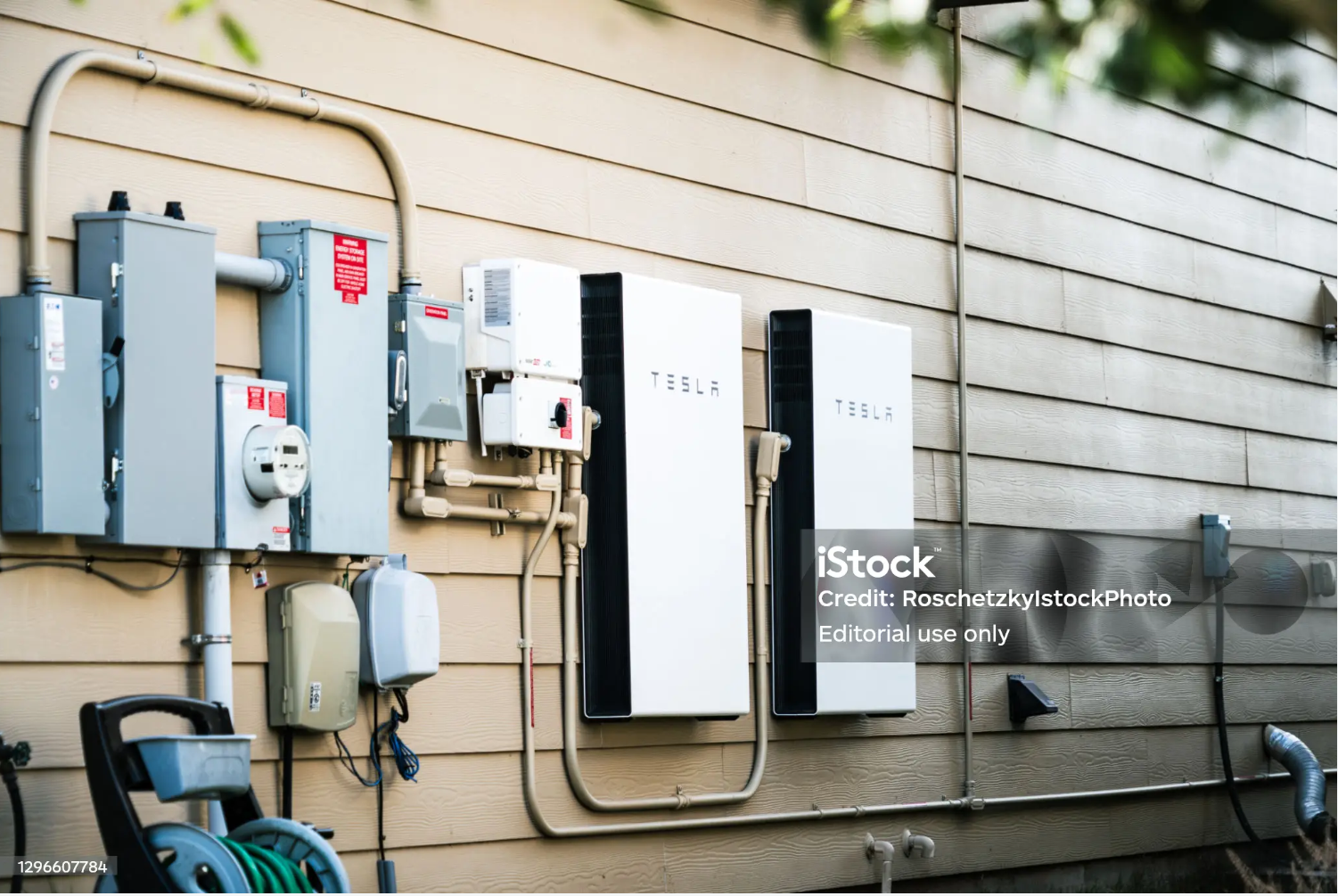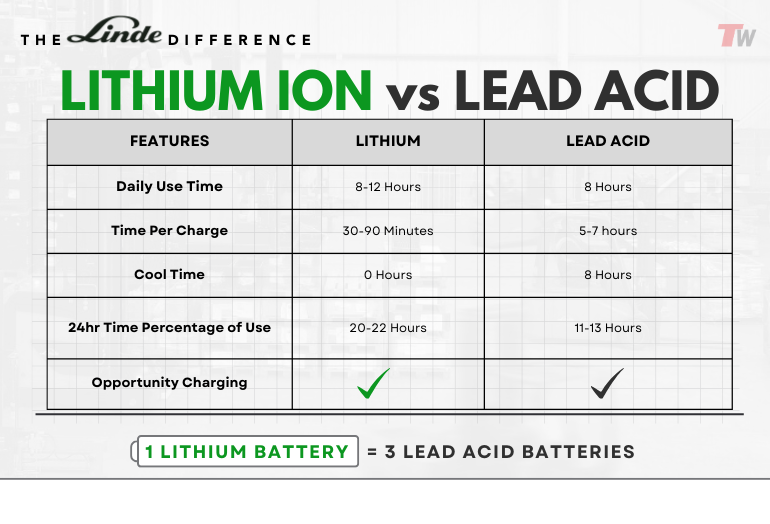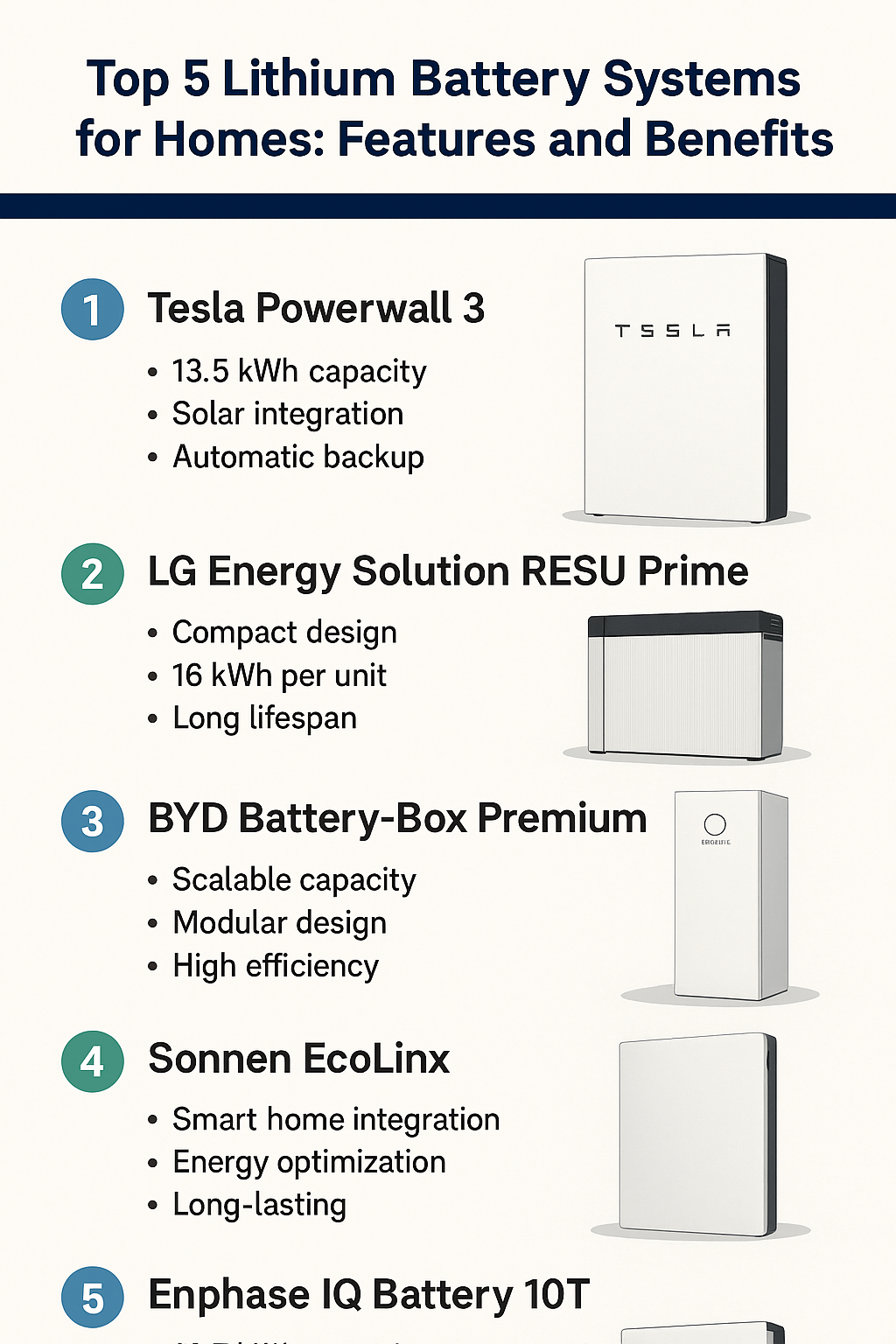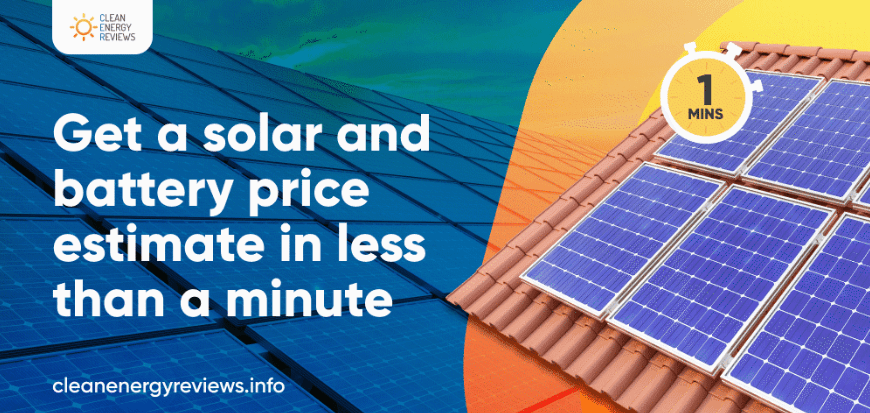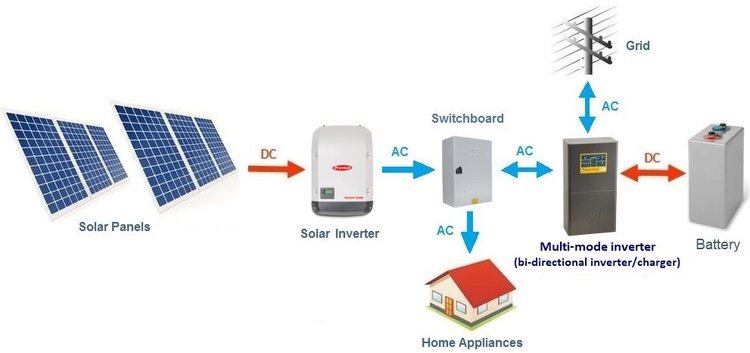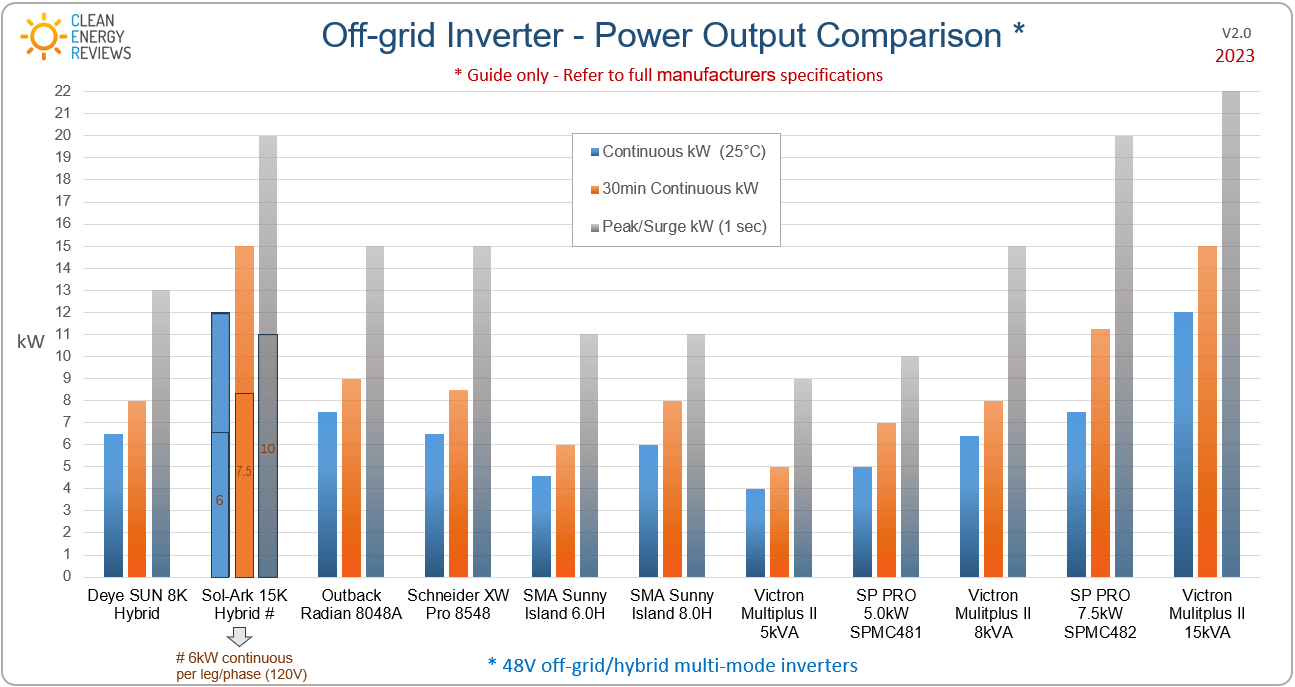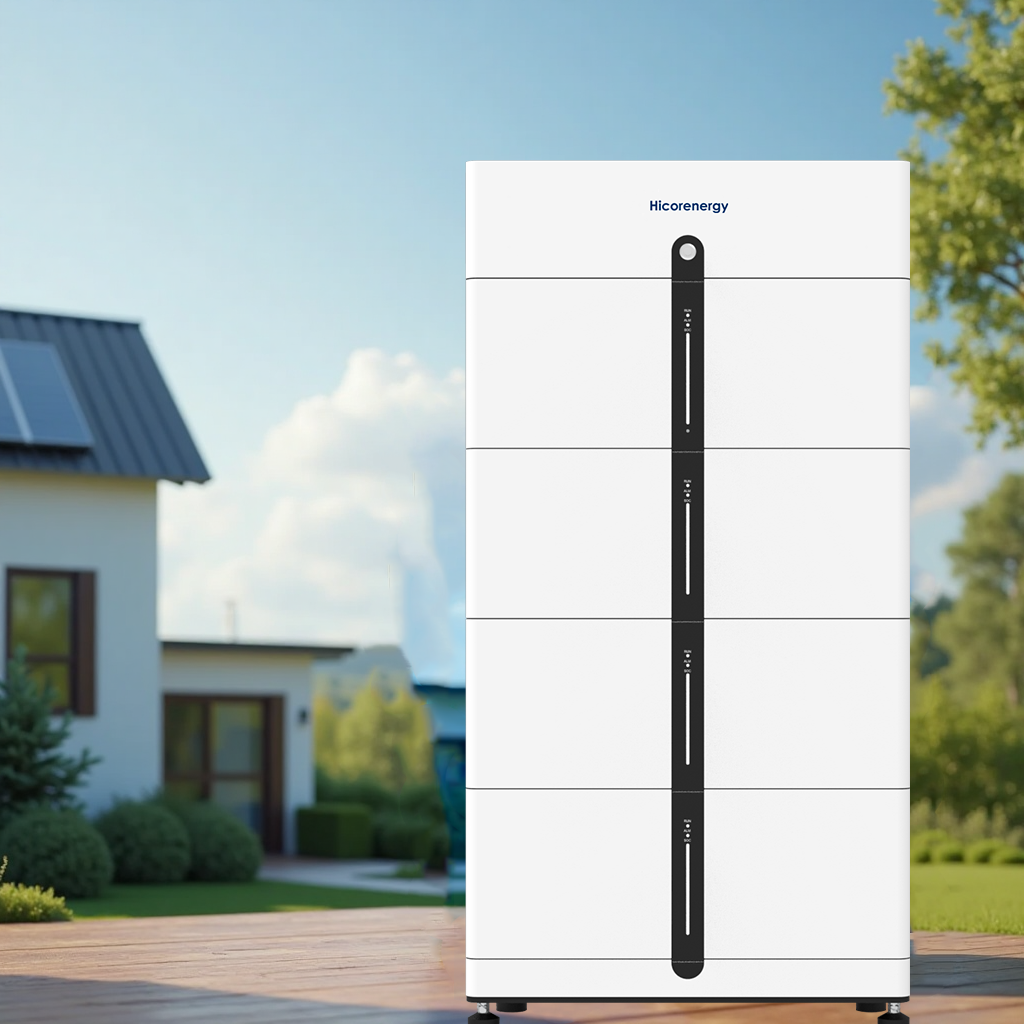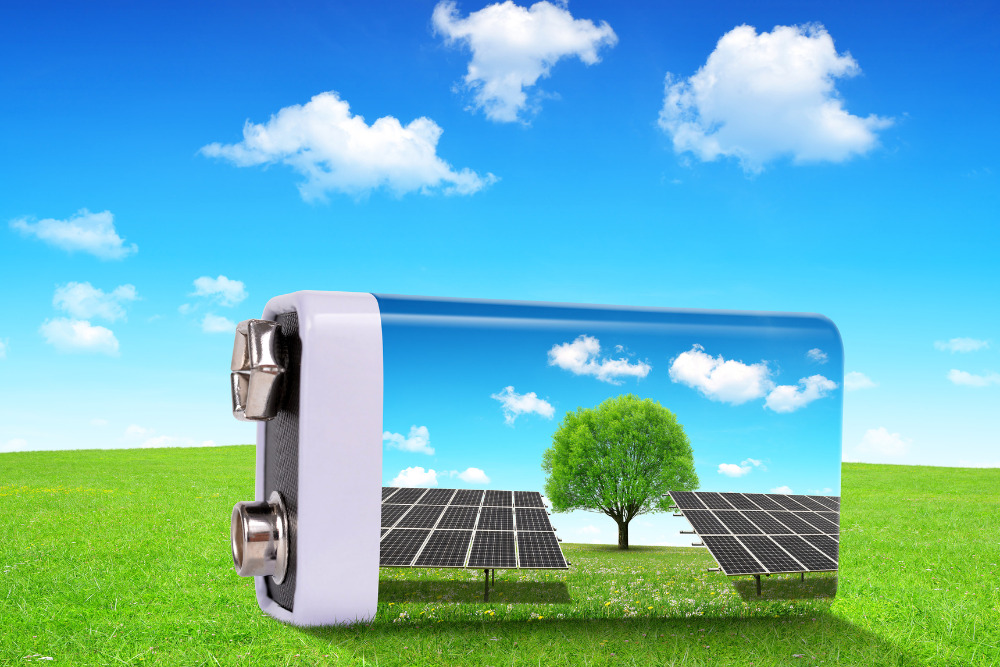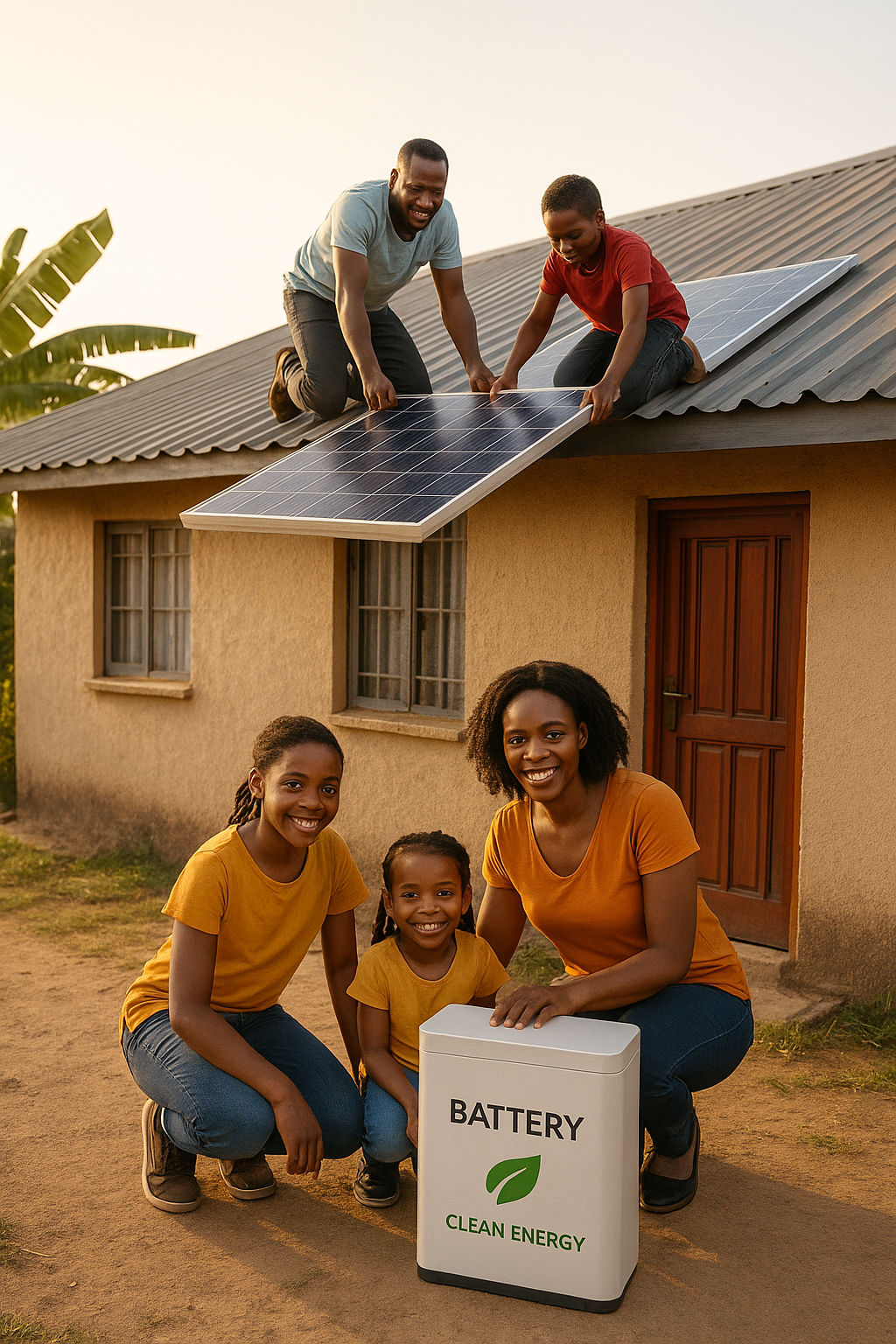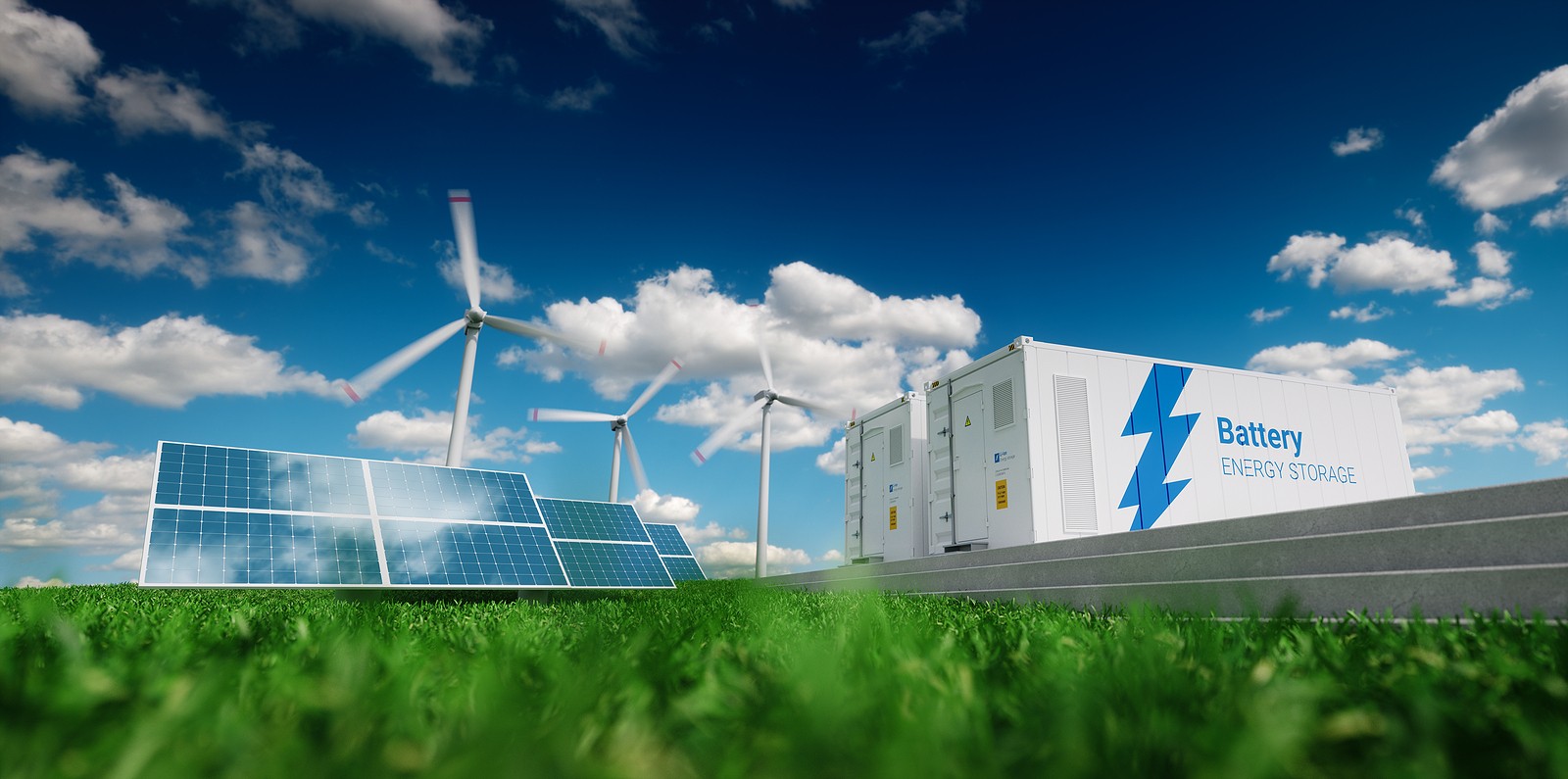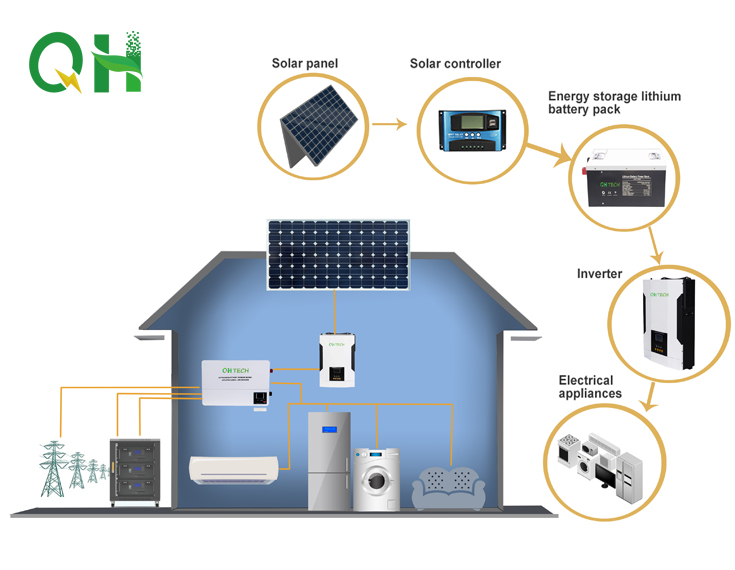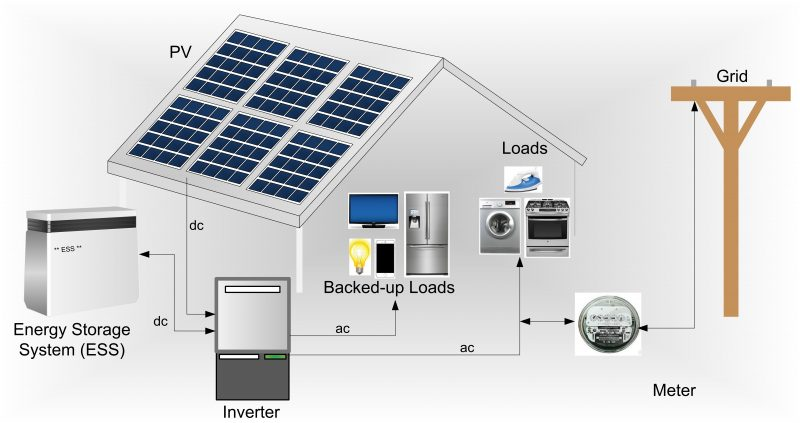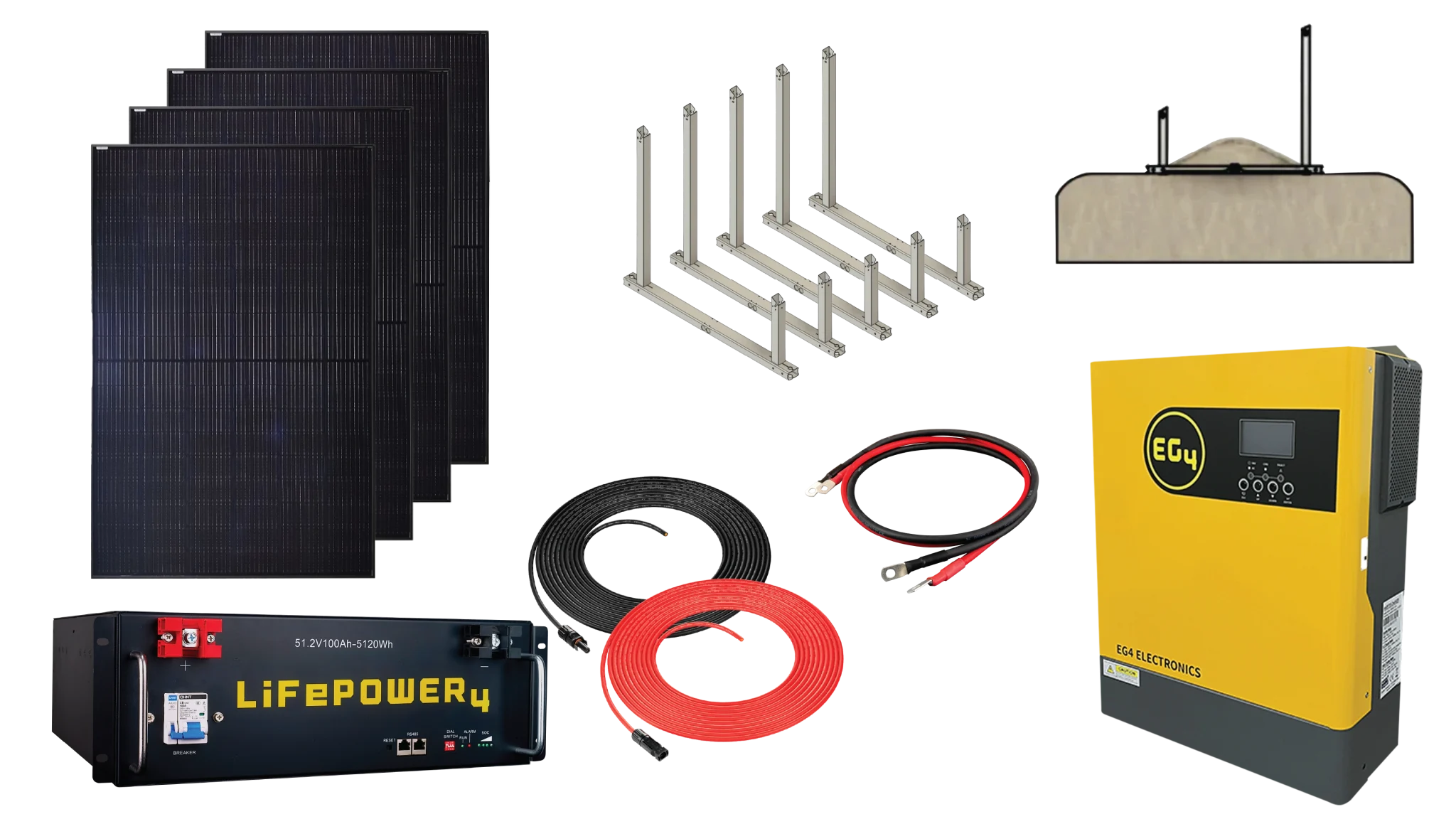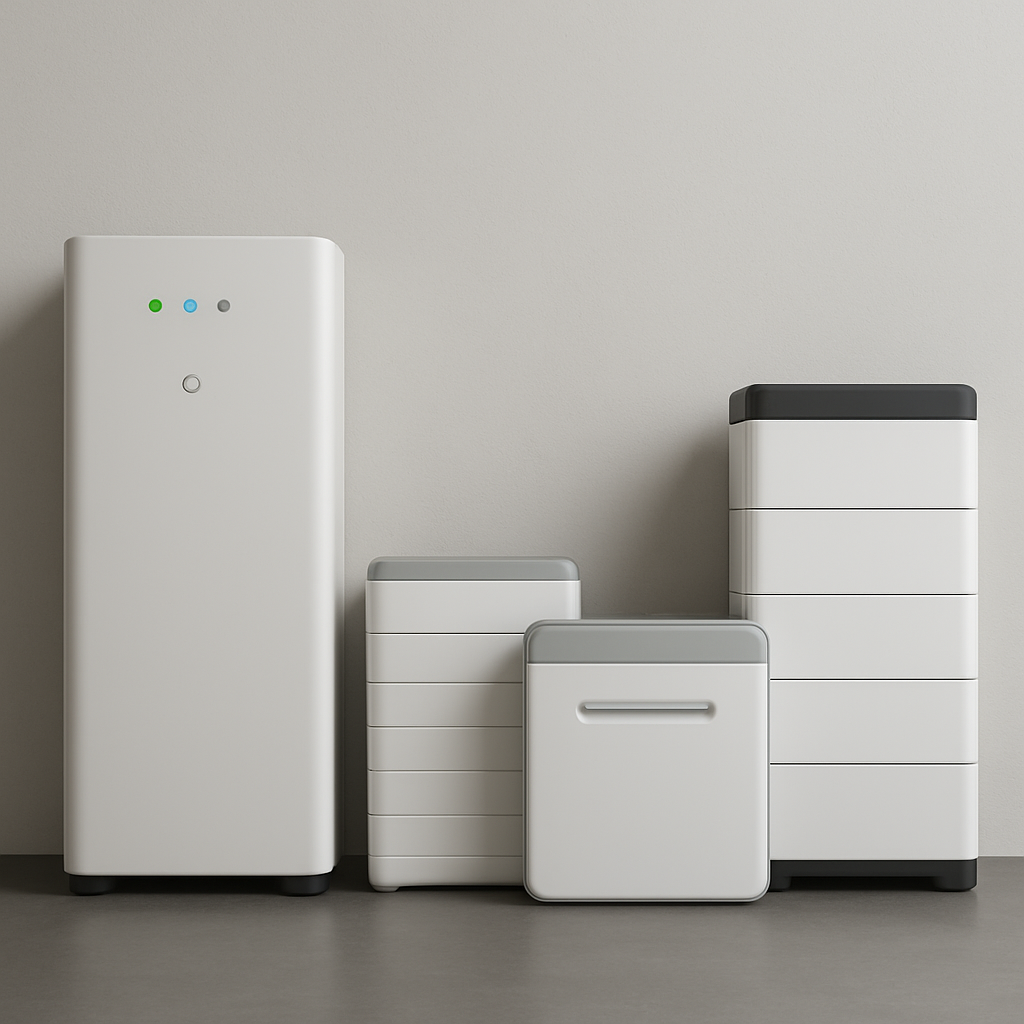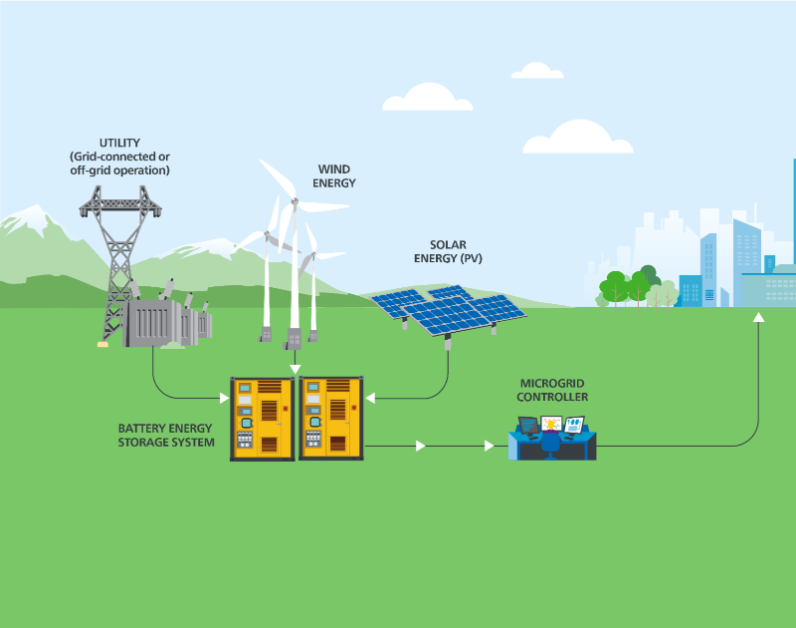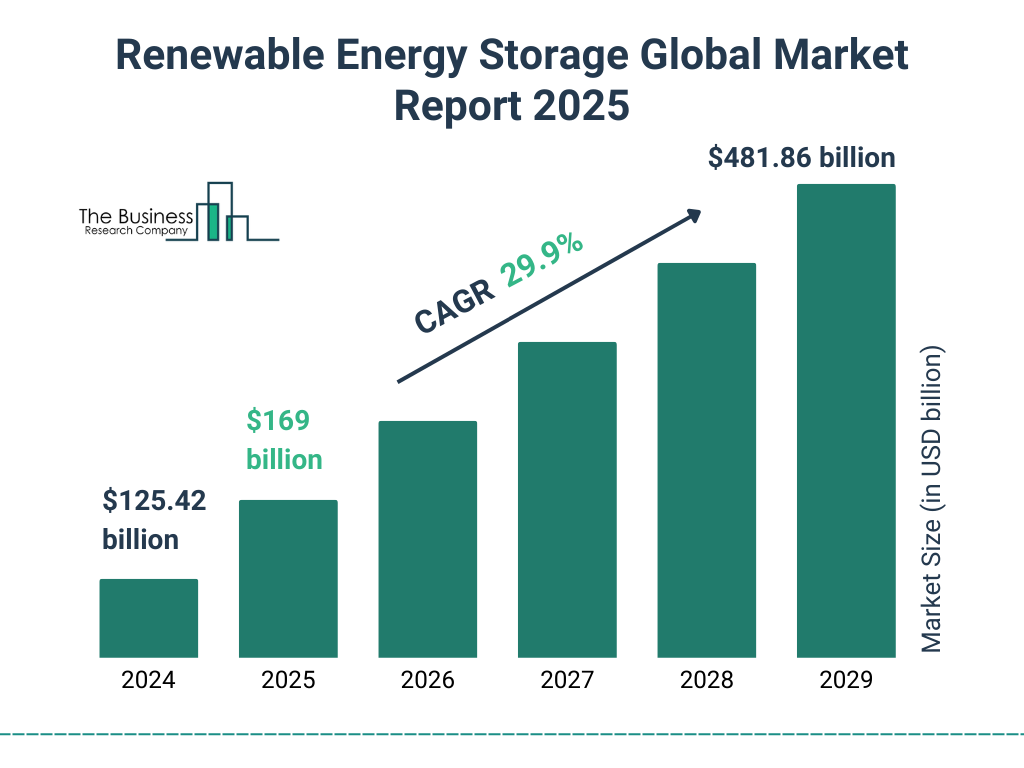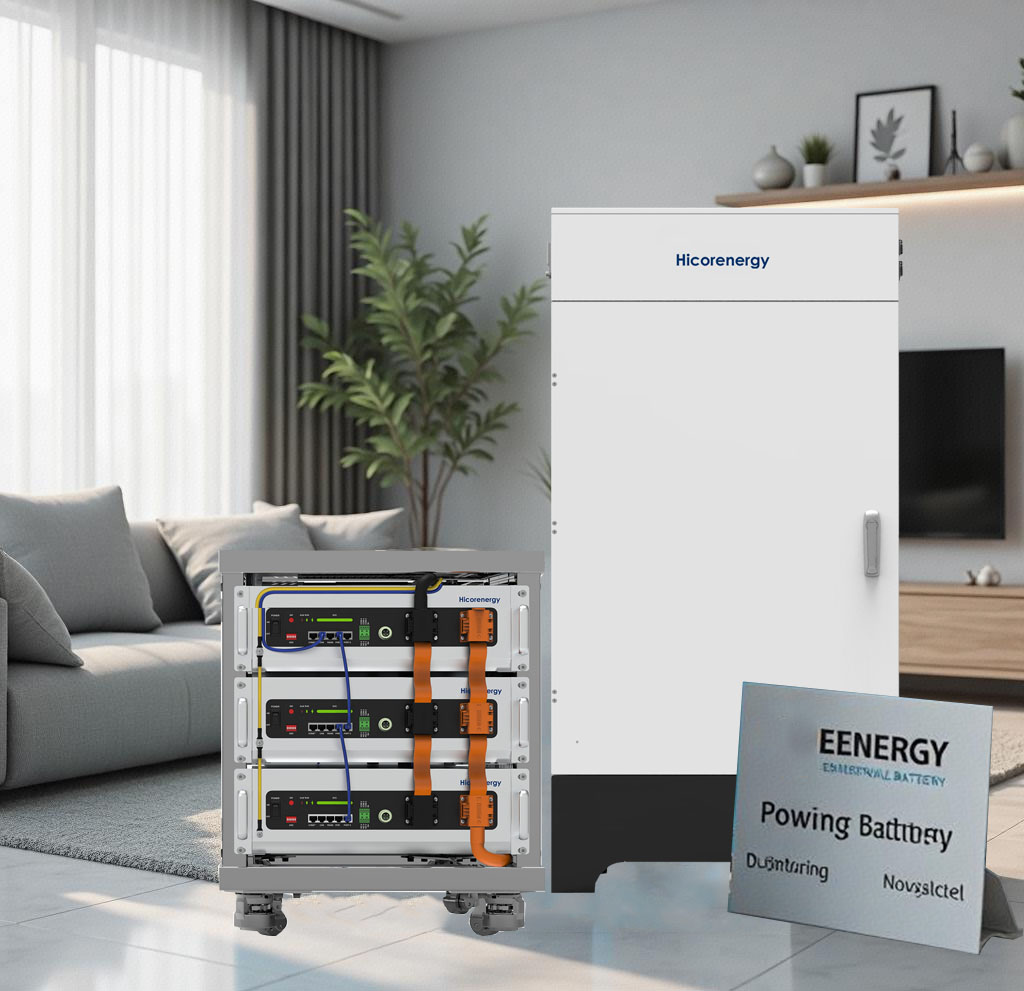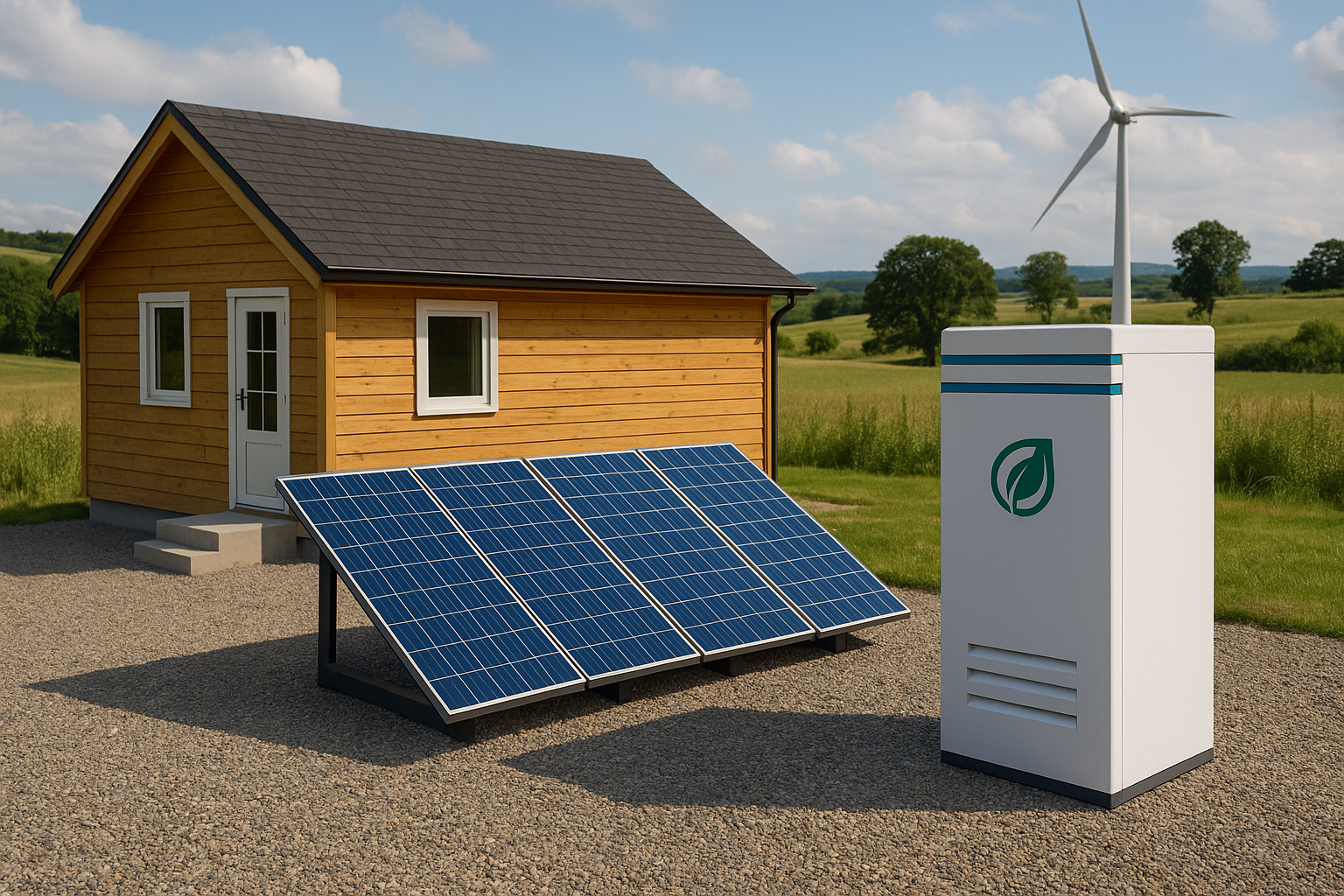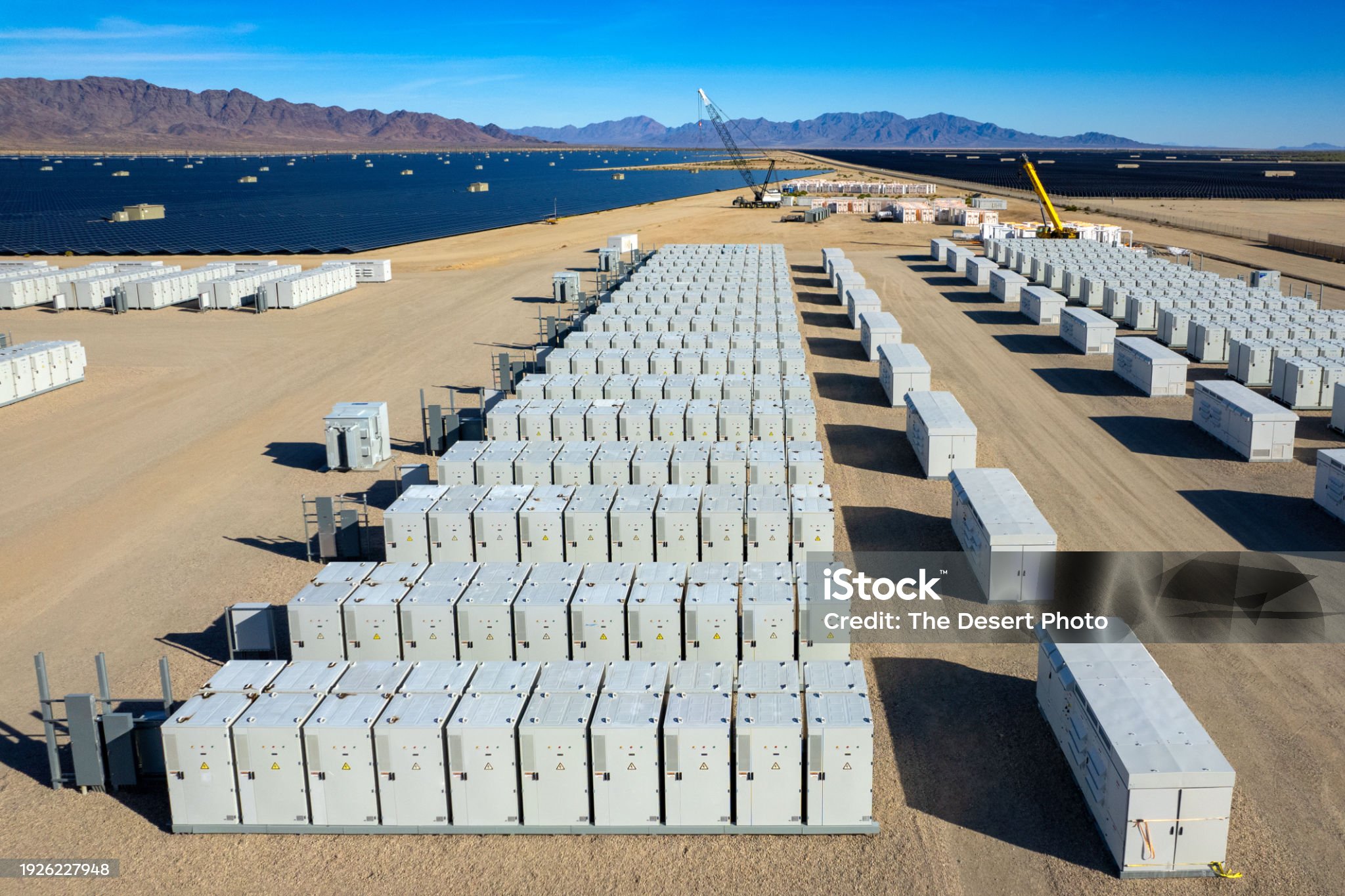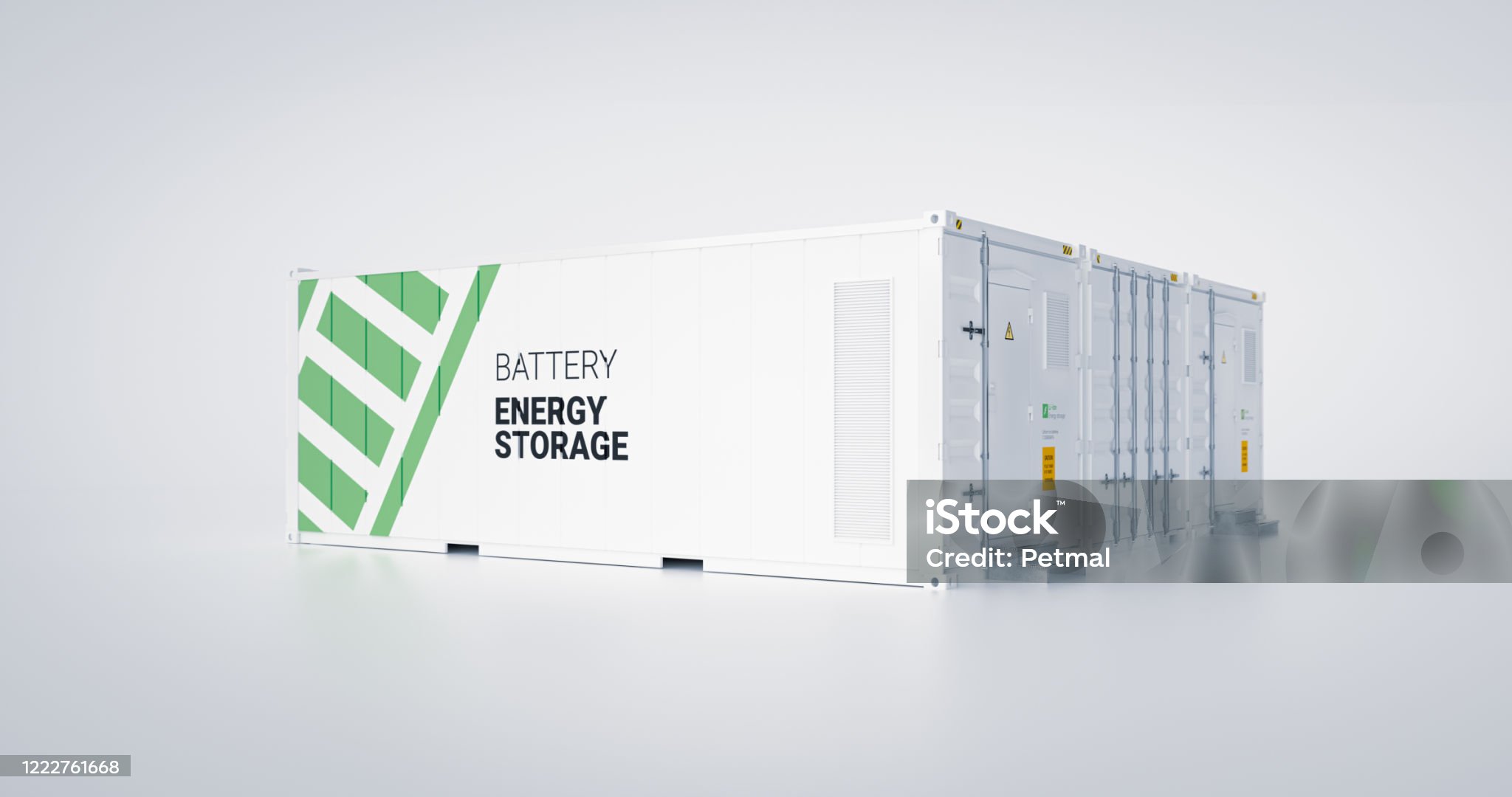As global demand for electric power grows and energy prices fluctuate, industrial sectors are under pressure to optimize efficiency and cut operational expenses. In 2025, the shift toward clean energy, green power, and battery storage solutions is not just a trend—it’s a business necessity. Industrial energy storage solutions have evolved into a critical tool for improving performance, lowering electricity bills, and supporting sustainability commitments.
In 2025, leading industrial energy storage solutions combine advanced battery technologies, scalability, and seamless integration with renewable energy systems to deliver cost-effective and efficient electric power management.
The rise of Industrial energy storage solutions helps industries improve grid independence and manage peak demand more effectively. By storing renewable energy generated from sources like solar and wind, businesses reduce their reliance on the grid and benefit from significant power saving. These systems are essential for energy conservation and achieving new energy efficiency targets.
High-performance Industrial energy storage solutions also enables frequency regulation, grid stability services, and load balancing—further reinforcing industrial resilience in an increasingly electrified economy.

Best Battery Technologies for Industrial Use in 2025: From Lithium-Ion to Flow Batteries
In 2025, lithium-ion batteries remain dominant in the Industrial energy storage solutions market due to their high energy density, scalability, and long lifespan. Modular battery pack designs make them ideal for data centers, factories, and distribution hubs. Lithium iron phosphate (LiFePO₄) variants, in particular, are favored for safety and thermal stability.
Meanwhile, flow batteries are gaining ground for large-scale applications. These Industrial energy storage solutions use liquid electrolytes to store energy, offering long-duration storage and near-unlimited cycling capacity. They’re especially useful for facilities requiring extended discharge times and round-the-clock clean energy backup.
Hybrid systems, which combine battery backup with thermal or mechanical storage technologies, are also emerging—offering tailored solutions that balance energy saving and performance across diverse industrial use cases.
Top Industrial energy storage solutions Providers to Watch in 2025
Several companies are leading innovation in the Industrial energy storage solutions space. Tesla’s Megapack, Fluence’s Gridstack, and Sungrow’s PowerTitan are notable examples. Each offers integrated software platforms and modular configurations suitable for industrial-grade renewable energy deployment.
A standout in 2025 is Hicorenergy’s Si Station 186, a next-generation lithium battery system engineered for industrial-scale installations. Designed with ease of installation in mind, the Si Station 186 supports rapid deployment in diverse operating environments. Its robust compatibility with mainstream inverters and BMS platforms ensures seamless integration into existing infrastructures.
With a compact battery pack architecture and expandable capacity, Si Station 186 delivers on both clean energy performance and cost-efficiency—making it an ideal choice for factories, logistics parks, and energy-intensive commercial campuses in industrial energy storage solutions space.
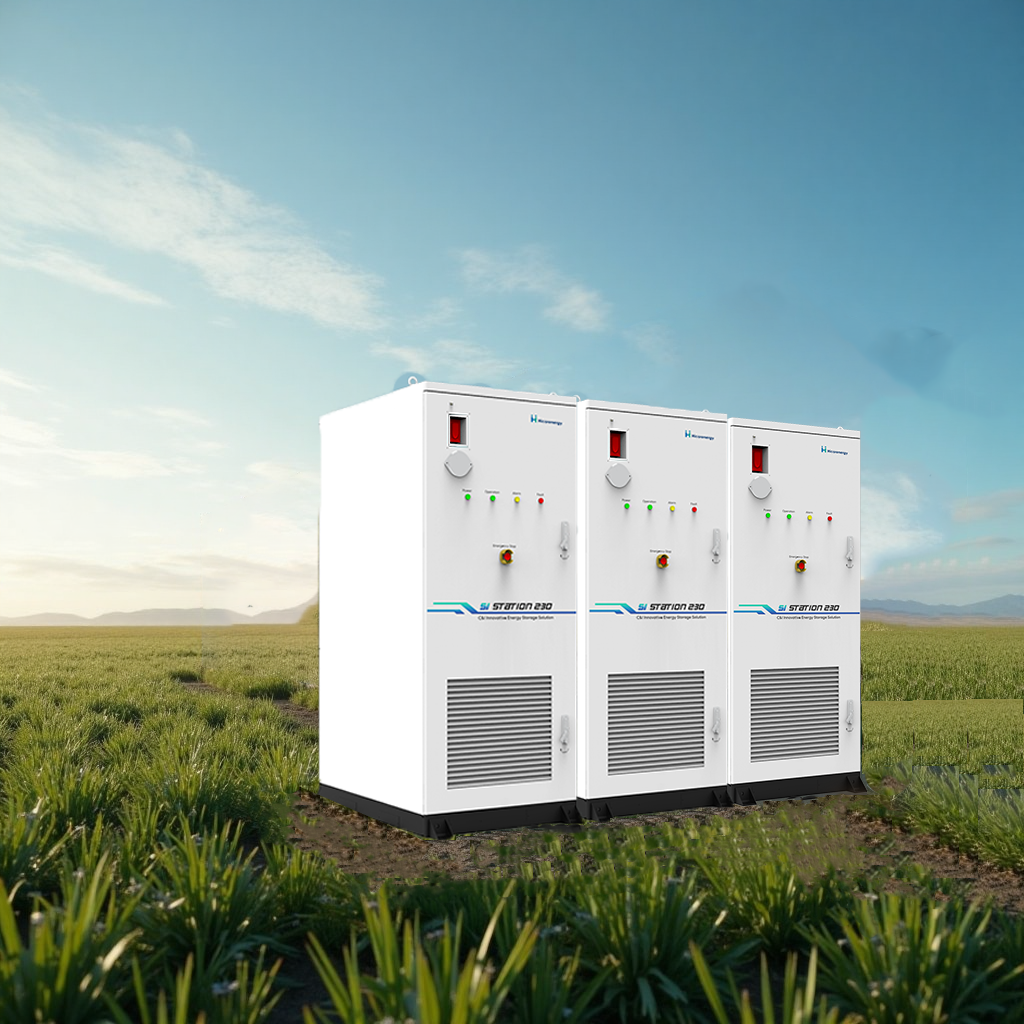
Key Factors to Consider When Choosing an Industrial energy storage solution
When selecting an industrial battery storage solution, businesses must evaluate more than just capacity. Key considerations include:
- Energy density and discharge duration
- System scalability and modularity
- Integration with renewable energy sources
- Safety and thermal management features
- Installation complexity and maintenance requirements
- Support for energy conservation and grid participation (e.g., demand response programs)
A well-matched Industrial energy storage solution should align with both operational demands and long-term power saving goals. Choosing a provider like Hicorenergy, with proven reliability and technical support, helps ensure uninterrupted energy service and strong ROI.
Case Studies: How Energy Storage Cuts Operational Costs in Factories and Data Centers
Many factories and data centers have adopted battery energy storage systems (BESS) to stabilize costs and reduce peak load charges. For instance, a North American automotive parts manufacturer reported a 27% reduction in monthly energy bills after installing a 2.5 MWh lithium-ion battery pack.
In another case, a Tier III data center utilized industrial battery backup to support redundant power and participate in local utility demand response programs. The result: improved uptime, power saving during high-tariff periods, and additional revenue from energy market participation.
These real-world applications highlight how renewable energy integration, paired with intelligent battery storage, drives both energy saving and green energy transition.
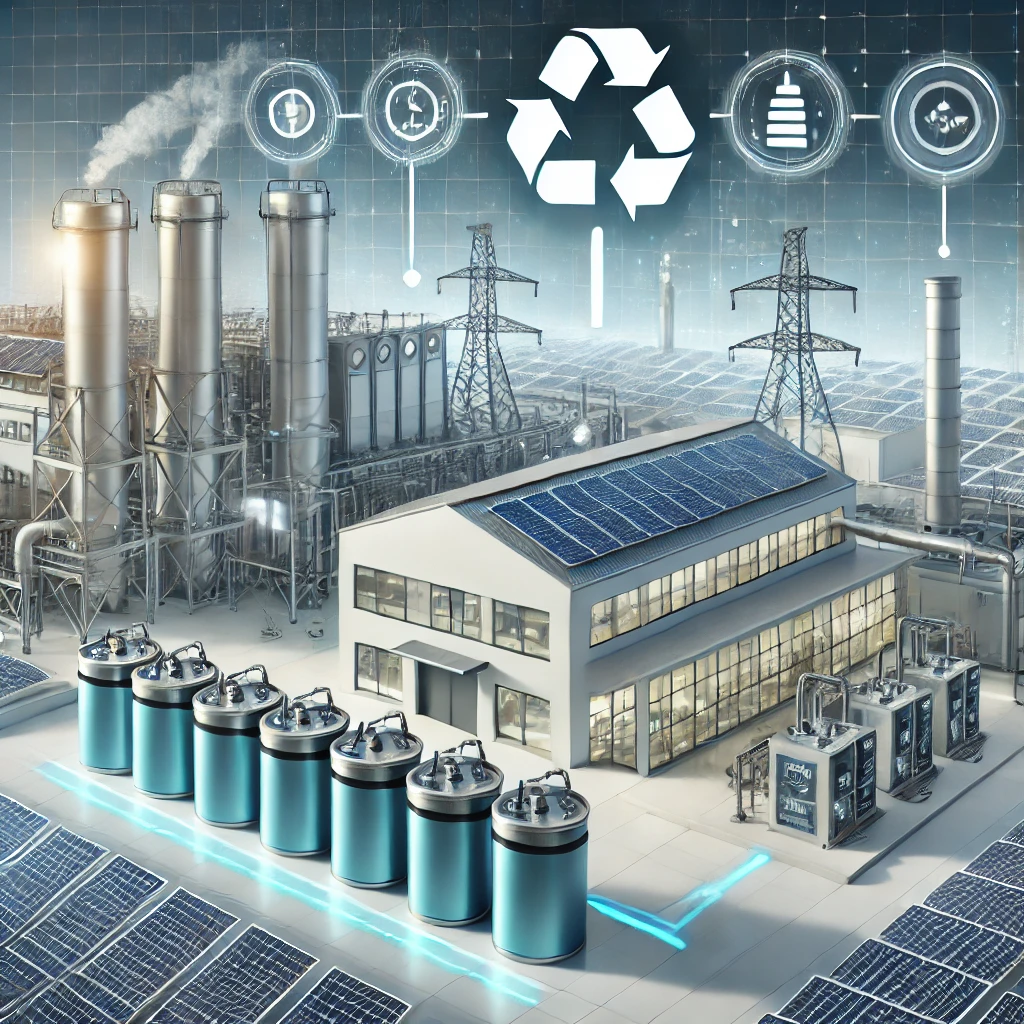
The Role of Industrial Storage in Supporting Renewable Energy and ESG Goals
Industrial energy storage solution plays a crucial role in enabling companies to meet ESG (Environmental, Social, and Governance) targets. By storing solar or wind energy for later use, businesses reduce their reliance on fossil fuels and actively participate in the green power transition.
Industrial energy storage solutions also help improve energy resilience—minimizing downtime during grid failures while ensuring compliance with sustainability mandates. As more organizations commit to carbon neutrality, energy storage becomes central to clean energy strategies, new energy investment planning, and overall energy conservation efforts.
This shift aligns with investor and consumer demand for green energy solutions and reflects the broader movement toward an electrified, efficient, and environmentally responsible industrial sector.
Explore the best industrial battery solutions for your facility—contact us to start saving energy today.




